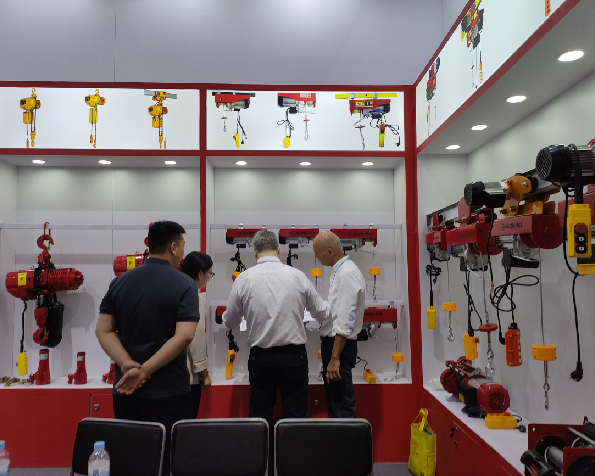


Safety Equipment for Working at Heights
Working at heights presents unique challenges and risks that require careful consideration and adherence to safety protocols. Whether it involves construction, maintenance, or inspection, the importance of using appropriate safety equipment cannot be overstated. This article outlines the essential safety equipment for working at heights, ensuring that workers can carry out their tasks with reduced risk of accidents and injuries.
1. Personal Protective Equipment (PPE)
PPE is the first line of defense for workers at height. This includes hard hats, safety goggles, gloves, and steel-toed boots. Hard hats protect against falling objects, while safety goggles shield the eyes from dust and debris. Gloves ensure a secure grip and protect the hands from sharp edges, and steel-toed boots offer protection for the feet. It’s crucial that all PPE fits properly and meets safety standards.
2. Harnesses and Lanyards
One of the most critical pieces of equipment for working at heights is the safety harness. A full-body harness distributes fall forces across the body, significantly reducing the risk of injury during a fall. Coupled with a lanyard, which connects the harness to an anchorage point, the system provides a secure means of preventing free falls. Lanyards come in two common types shock-absorbing lanyards, which reduce fall impact forces, and self-retracting lanyards, which allow workers freedom of movement while still providing fall protection.
3. Anchors and Fall Protection Systems
Proper anchorage is essential for any fall protection system. These anchor points should be capable of supporting significant weight and designed to withstand the forces exerted during a fall. Roof anchors, eye bolts, and other engineered anchorage systems can be used depending on the specific application and conditions. It is vital that these anchors are regularly inspected and maintained to ensure safety compliance.

4. Guardrails and Safety Nets
In many situations, physical barriers can effectively protect workers from falling. Guardrails installed around open edges provide a solid line of defense, while safety nets can catch individuals who might slip or lose their balance. Both systems should be properly installed and maintained to keep workers safe while providing peace of mind.
5. Ladders and Scaffolding
Ladders and scaffolding are often necessary for accessing elevated work areas. When using ladders, it’s important to choose the right type for the job and ensure it is stable and secure before climbing. Likewise, scaffolding must be erected correctly and inspected regularly to prevent collapses or accidents. Workers should be trained on how to use both ladders and scaffolding safely.
6. Training and Awareness
While having the right equipment is crucial, proper training for all employees working at heights is equally important. Workers must be educated about the potential hazards, the importance of using safety gear, and emergency procedures in case of an accident. Regular safety drills can help reinforce this training and ensure everyone knows how to respond effectively in an emergency.
In conclusion, the safety of workers at heights depends on the proper use of equipment and adherence to safety protocols. By employing appropriate PPE, harnesses, lanyards, reliable anchorage systems, and by ensuring the correct use of ladders and scaffolding, employers can significantly reduce the risks associated with working at heights. Prioritizing training and awareness will further foster a culture of safety that protects workers and promotes a safe working environment.



